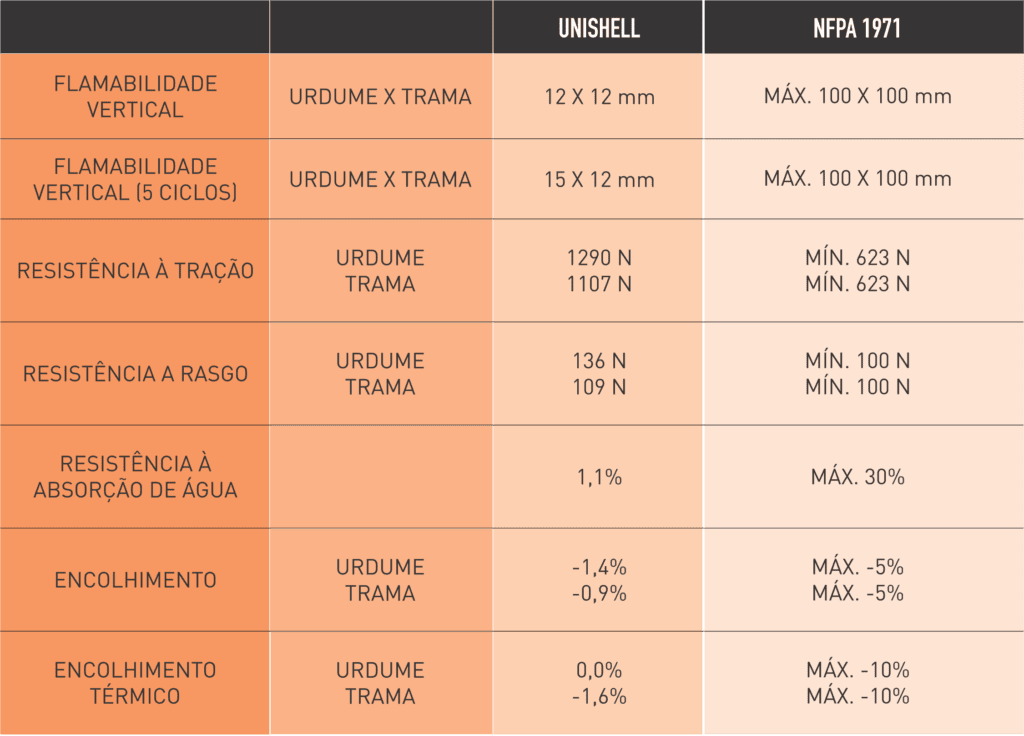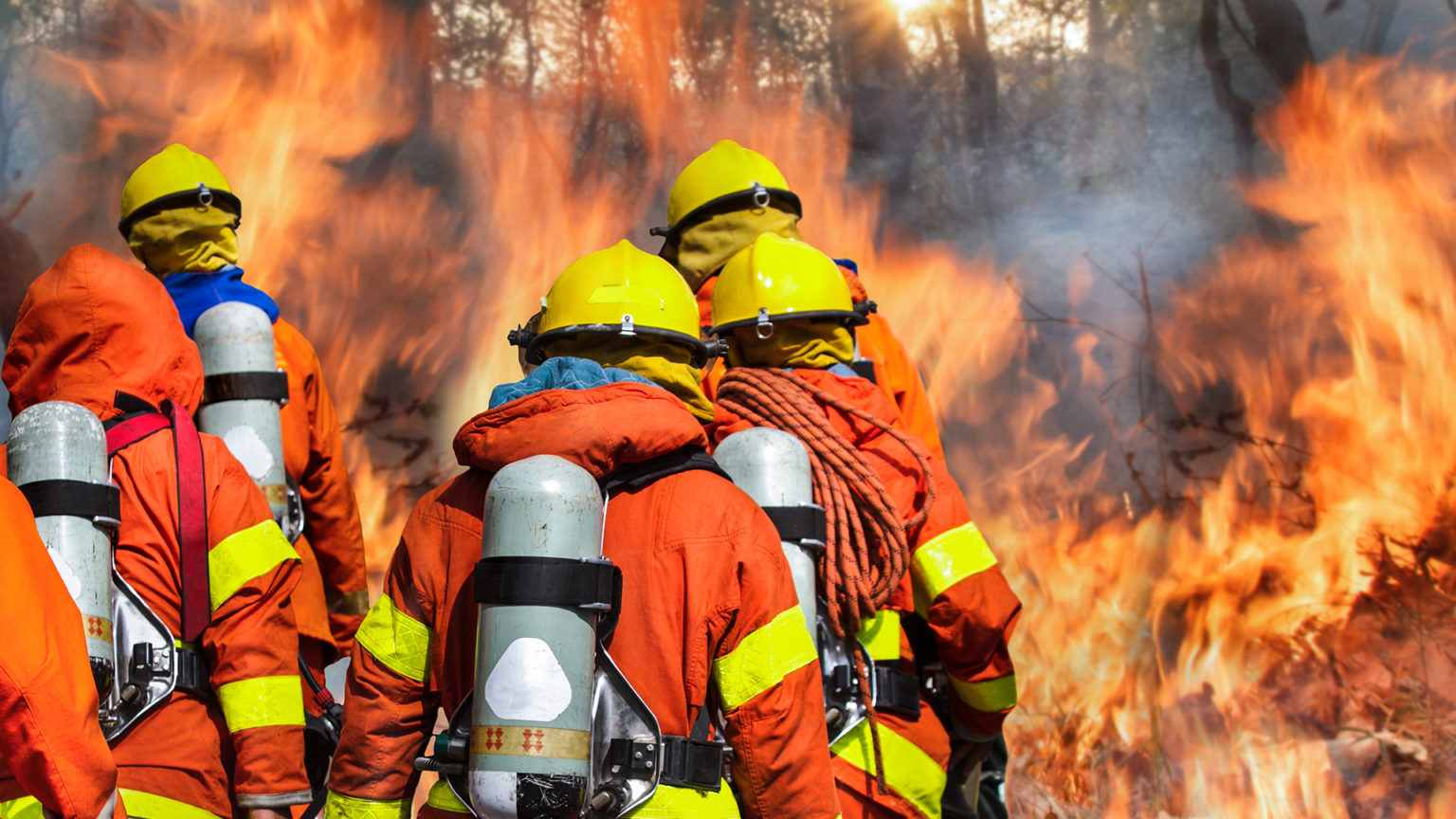The firefighter's plainclothes clothes are worn when he is not in firefight. In an emergency situation, the firefighter wears the combat uniform over the plain clothes, that is, these clothes are also security elements used in fighting fires. The firefighter is exposed to the most extreme risks in an operation, where all of their equipment is tested to the maximum, and must provide maximum protection for fighting flames. A single component incorrectly specified in a firefighter's clothing can compromise all protection. It is important to consider that unforeseen situations occur and that the fighter may have their internal clothing exposed to the fire environment, in which case, it cannot catch fire, as it would cause very serious injuries or even death. To ensure maximum protection for the firefighter, all clothing worn, including civilian clothes, must be flame retardant. This investment must be increasingly considered, because having a non-FR component in a firefighter's clothing is a dangerous and worrying fact. NFPA, concerned with the protection of firefighters, with regard to plainclothes, has developed the standard for the suit - NFPA 1975 - which specifies the minimum requirements for the protection of firefighters.
With this concept in mind, we at Santanense's have developed a specific line of fabrics that are fully homologated in the standards and that guarantee the total protection of the firefighter. Our fabrics have the characteristics that every firefighter's clothing should have: protection, durability, resistance, and excellent aesthetics. It is not enough to comply with the rules; for us, it is our duty to exceed the protection standards. The protection of those who take risks every day is priceless. The ideal fabrics for the firefighter's clothes in plainclothes are Unipar and Nomex®ST. These fabrics are inherently flame-retardant and form the first layer of protection for firefighters. In addition, they are soft and very comfortable, guaranteeing the mobility and resistance required for the corporation's activities.
When in action, the firefighter will wear firefighting clothing (primary protection) over plain clothes, made with Unipar or Nomex®ST, combining 2 levels of protection. In his aggressive and dangerous work environment, the firefighter faces several risks to save and protect lives. Therefore, the firefighter must be guaranteed the maximum possible protection, using the best and most reliable equipment. The inner garment must be a fundamental part of the composition of the thermal protection, as it can be the difference for the firefighter in the event of an accident. Wearing normal cotton and polyester clothes for this purpose is putting at risk those who heroically take risks every day in favor of society.


